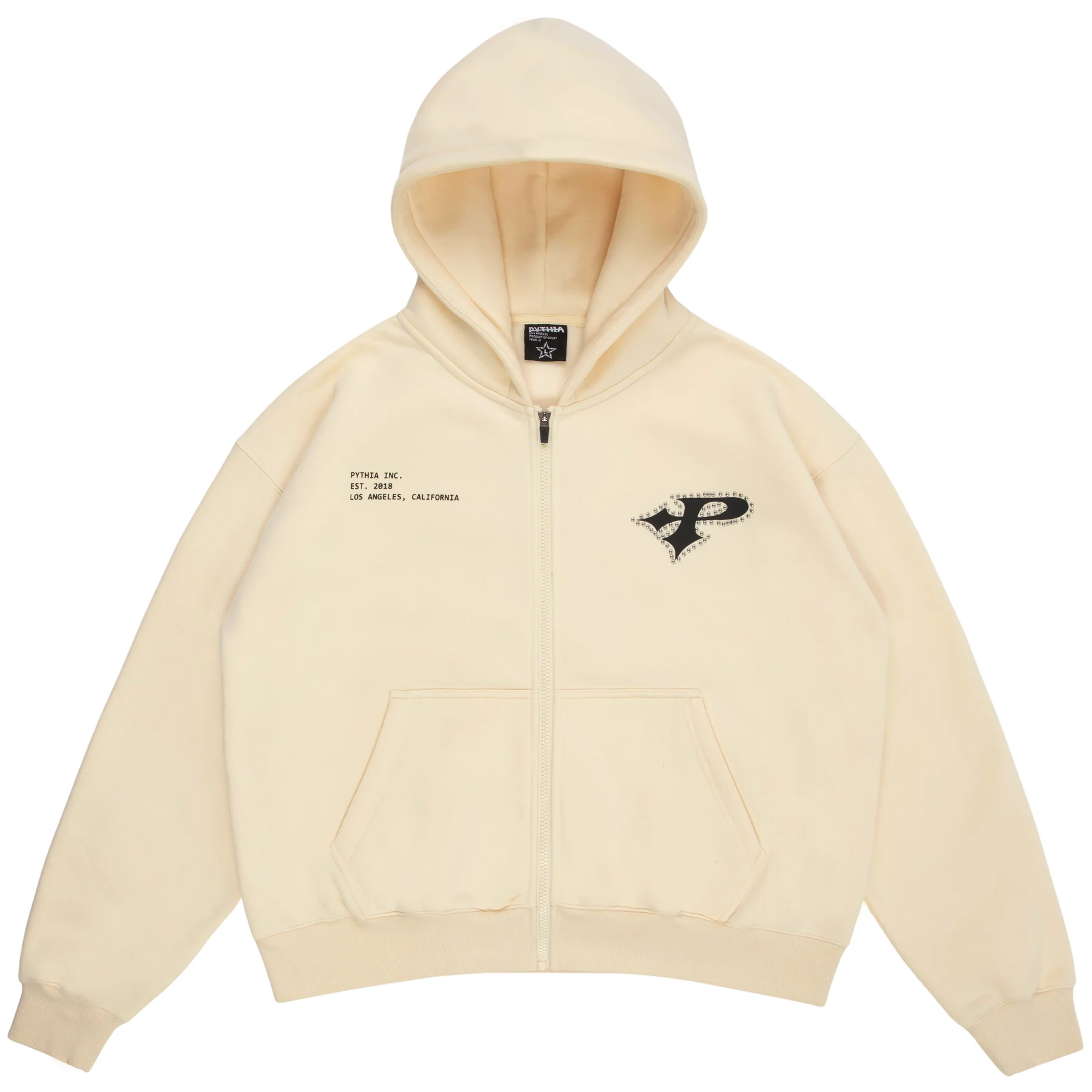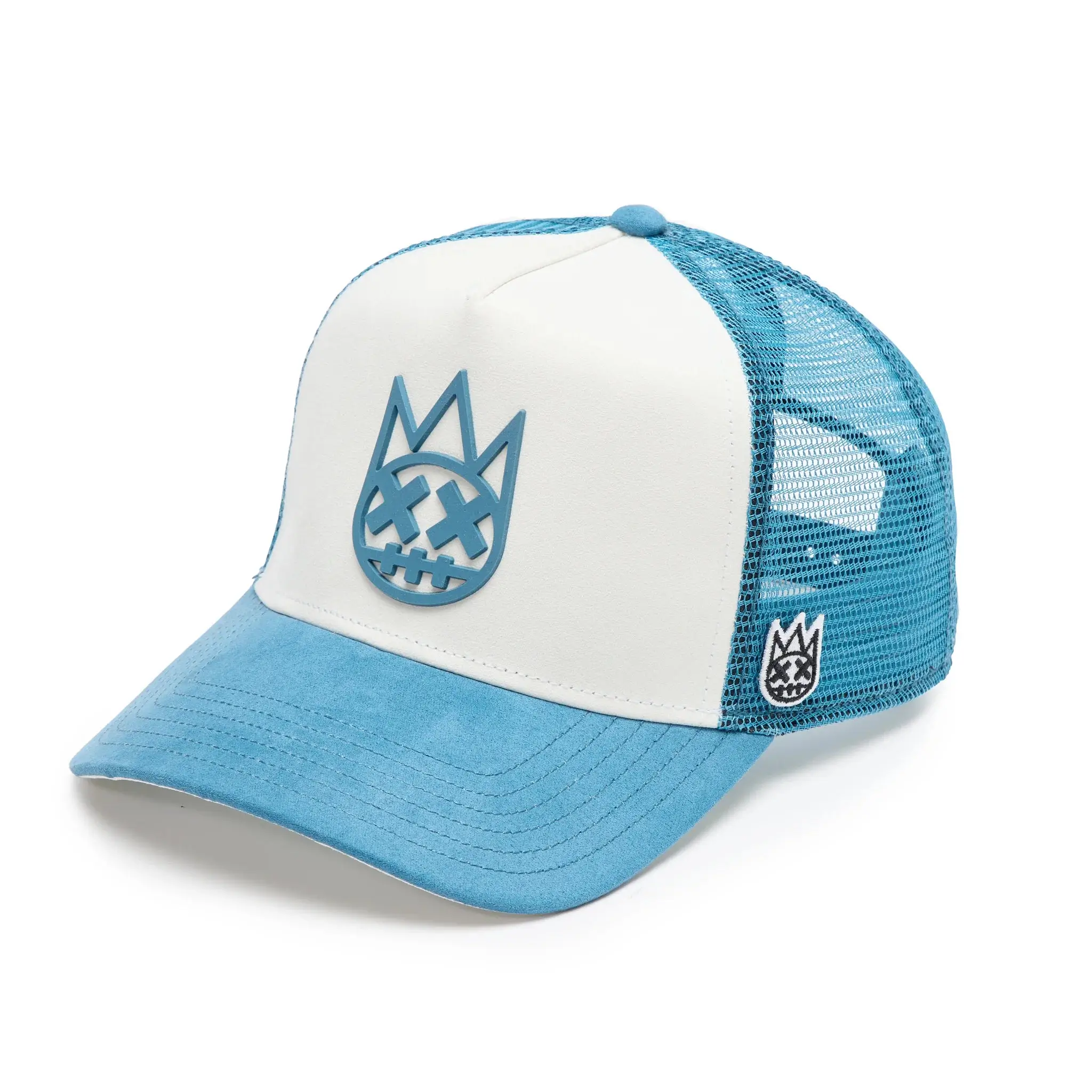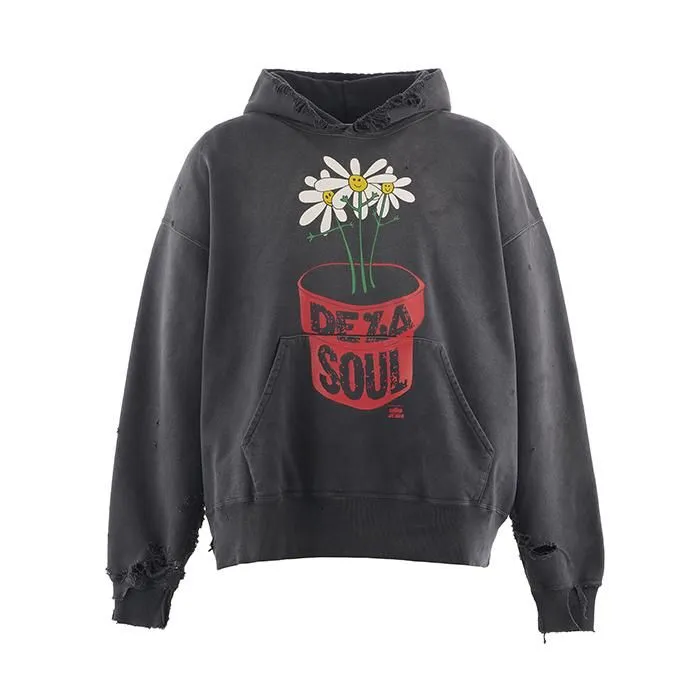It was a quiet summer afternoon when legendary producer Timbaland sat in his studio, sifting through decades of beats, melodies, and inspirations. Known for redefining the soundscape of modern music, Timbaland had recently been approached by 12on12, a platform that combined vinyl records with bespoke visual art, to curate a collection that reflected his musical journey. It wasn’t just about music, though. This record would also be a collaboration with a visual artist whose work would give the project a powerful, tangible identity.
Timbaland leaned back in his chair, his mind racing. This wasn’t just another production—this was a chance to create something that stood at the intersection of sound and art, a legacy piece that would transcend traditional formats. But who could capture the depth and vibrancy of his music visually? That’s when he remembered the work of Derek Fordjour.
A Meeting of Minds
Derek Fordjour’s art had been making waves in the contemporary art world. His layered, textured works explored themes of race, identity, and community, often reflecting the resilience and vibrancy of Black culture. His paintings had a way of drawing the viewer in, each brushstroke a story in itself. Timbaland had seen Fordjour’s work at a gallery in New York City years earlier and had been struck by its emotional depth.
When the two artists finally met in Fordjour’s Harlem studio, the synergy was immediate. Timbaland, dressed casually in a hoodie and sneakers, brought his characteristic energy, while Fordjour, with his quiet intensity, exuded thoughtfulness. They spent hours talking—not about the vinyl or the project, but about their journeys as artists, their inspirations, and the challenges they’d faced.
“Music and art are storytelling,” Fordjour said as he walked Timbaland through some of his recent paintings. “We both build layers—yours in sound, mine in visuals. The question is, how do we weave those layers together?”
Timbaland nodded. “I want this record to feel timeless. Like when someone sees it or hears it, they’re stepping into a world we’ve created together.”
Building the Soundtrack
For weeks, Timbaland immersed himself in his music archives. The challenge was daunting: to distill decades of work into just 12 tracks. He wanted the record to tell a story—not just of his career, but of the sounds and moments that had shaped him as an artist.
He started with the obvious choices: Cry Me a River, Get Ur Freak On, and The Way I Are—tracks that had defined eras of pop and hip-hop. But then he dug deeper, pulling out obscure collaborations and beats that had never seen the light of day. Tracks that spoke to his roots in Virginia, his love of funk, and his admiration for the pioneers of hip-hop.
“This isn’t just my greatest hits,” Timbaland told his team during a late-night session. “This is about the journey—the beats I was making when no one was listening, the risks I took, and the artists who inspired me.”
By the end of the process, the playlist was a tapestry of sound: a mix of iconic hits, rare gems, and personal favorites. Each track was carefully chosen to evoke an emotion, a memory, or a pivotal moment in Timbaland’s career.
The Art Comes to Life
Meanwhile, Fordjour was working in his studio, translating Timbaland’s soundscape into visuals. He spent hours listening to the curated playlist, letting the rhythms and melodies guide his brush. The result was a cover that pulsed with life: a vibrant, textured piece that blended abstraction with narrative.
The artwork featured bold, dynamic colors layered with intricate patterns and symbols. At its center was a figure that seemed to embody movement and sound, surrounded by shapes that echoed the beats and rhythms of Timbaland’s music. Fordjour incorporated elements of Black culture and history, paying homage to the communities and stories that had shaped both artists’ lives.
When Timbaland saw the finished piece, he was speechless. “It’s like you captured the music,” he said, running his fingers over the textured surface of the painting. “This isn’t just a record—it’s a statement.”
The Vinyl Release
The “12 On 12” vinyl was released as a limited-edition collection, with only a few hundred copies available worldwide. Each record was pressed on high-quality vinyl, with Fordjour’s artwork featured on the cover and a booklet inside detailing the creative process behind the project.
The launch event was held at an art gallery in downtown Manhattan, where the record was displayed alongside Fordjour’s original artwork. The room was filled with industry insiders, artists, and fans, all eager to see the collab come to life.
As Timbaland and Fordjour took the stage to discuss the project, the audience listened intently. “This isn’t just about me or Derek,” Timbaland said. “This is about celebrating creativity and showing how art and music can come together to tell a story.”
Fordjour added, “What we’ve created here is a dialogue—a conversation between sound and sight, past and present, individual and community.”
Impression
The “12 On 12” project was more than just a collector’s item; it was a cultural moment. Critics praised the flow for its originality and depth, calling it a “groundbreaking fusion of music and art.” Fans of both Timbaland and Fordjour saw the record as a celebration of Black creativity, a testament to the power of working together.
The project also sparked discussions about the role of vinyl in the digital age. At a time when streaming dominated the music industry, the tactile, analog nature of “12 On 12” reminded people of the beauty of physical artforms. The record wasn’t just something to be heard—it was something to be held, displayed, and cherished.
A Lasting Legacy
Months after its release, “12 On 12” continued to resonate. For Timbaland, it was a chance to reflect on his journey and connect with his audience in a new way. For Fordjour, it was an opportunity to expand his artistic reach and collaborate with a creative icon.
But more than anything, the project stood as a reminder of the power of collaboration. By bringing together two artists from different disciplines, “12 On 12” showed that the boundaries between music and art are porous, and that the most meaningful work often comes from stepping outside of one’s comfort zone.
As Timbaland said during the launch event, “This is just the beginning. There’s so much more we can do when we bring our worlds together.”
And with that, the story of “12 On 12” became part of a larger narrative—a celebration of creativity, partnership, and the timeless connection between music and art.
No comments yet.








